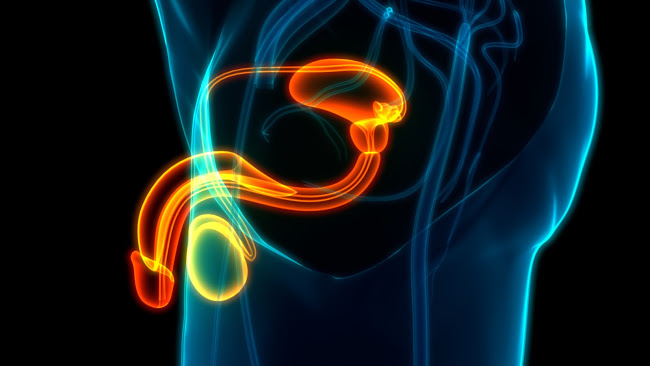
What Is Androgen Deprivation Therapy (ADT)?

Androgen deprivation therapy (ADT) is a prostate cancer treatment that suppresses the production of testosterone (a type of androgen or male sex hormone) in a person’s body. Prostate cancer cells require testosterone to grow, so stopping testosterone production can shrink or slow the growth of the cancer. ADT can be achieved through certain medications or orchiectomy (a surgery to remove the testicles). On its own, ADT cannot cure prostate cancer.
Sometimes, ADT is also referred to as androgen suppression therapy or hormone therapy for prostate cancer.
When is ADT used?
ADT may be considered as an option for:
- Patients with metastatic (advanced) prostate cancer that has spread too far to be treated by radiation or surgery. In this case, ADT might be used to shrink the cancer and slow the growth of tumors in the prostate and other parts of the body.
- Individuals for whom the cancer remains or comes back after surgery or radiation therapy.
- Those who are at high risk of the cancer coming back after other treatments.
How is ADT done?
There are a few ways in which ADT is achieved:
- Orchiectomy is a surgery to remove the testicles. About 90% of a man’s androgens are made in the testicles, so removing these organs causes testosterone levels to drop. Although this is the simplest way to suppress androgens, it is permanent.
- Luteinizing hormone-releasing hormone (LHRH) agonists are medications that stop the body from making testosterone. LHRH agonists cause testosterone levels to go up before they drop, which can result in a “tumor flare” that makes symptoms worse for the first several weeks.
- LHRH antagonists are another type of drug that prevent the body from making testosterone, but they avoid the initial flare that LHRH agonists cause.
- Antiandrogens are medications that block testosterone from cancer cells. They are often used along with LHRH agonists to mitigate the negative effects of the temporary testosterone increase.
What are the side effects?
Possible side effects of ADT include:
- Decreased muscle mass
- Increased body fat
- Reduced or absent sex drive
- Erectile dysfunction (ED)
- Shrinkage of testicles and penis
- Hot flashes
- Osteoporosis
- Anemia (low red blood cell count)
- Growth of breast tissue and breast tenderness
- Fatigue
While many of these side effects can negatively impact a man’s quality of life, some can be counteracted through lifestyle changes (e.g., engaging in exercise to maintain muscle mass and energy) and other treatments such as counseling or additional medications.
What’s the bottom line when it comes to ADT?
Determining whether or not to use ADT as part of a prostate cancer treatment plan is a highly personal decision that is subject to many factors. Knowing the potential risks and benefits of ADT can help you make an informed decision about how to proceed with treatment. As always, it is important to speak with your medical provider to understand the information related to your unique circumstances before making any major health care decisions.
Resources:
- American Cancer Society. (2021, September 23). Hormone Therapy for Prostate Cancer. https://www.cancer.org/cancer/prostate-cancer/treating/hormone-therapy.html#currentissuesinhormonetherapy
- Mayo Clinic. (2021, April 9). Hormone therapy for prostate cancer. https://www.mayoclinic.org/tests-procedures/hormone-therapy-for-prostate-cancer/about/pac-20384737
- University of Michigan Health. Medically reviewed by E. Gregory Thompson, MD, Kathleen Romito, MD, & Christopher G. Wood, MD, FACS. (2020, December 17). Hormone Therapy for Prostate Cancer (Androgen Deprivation Therapy, or ADT). https://www.uofmhealth.org/health-library/bc1054




